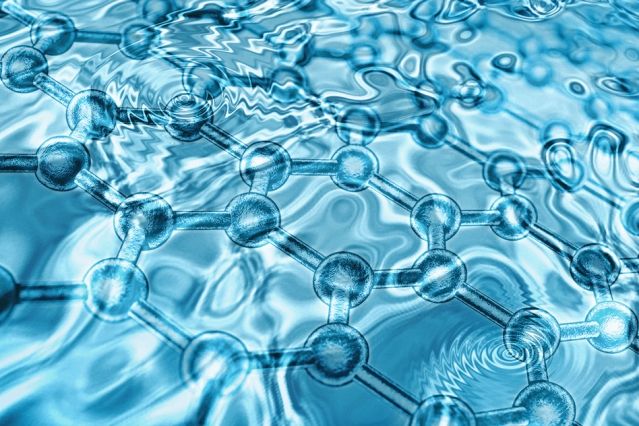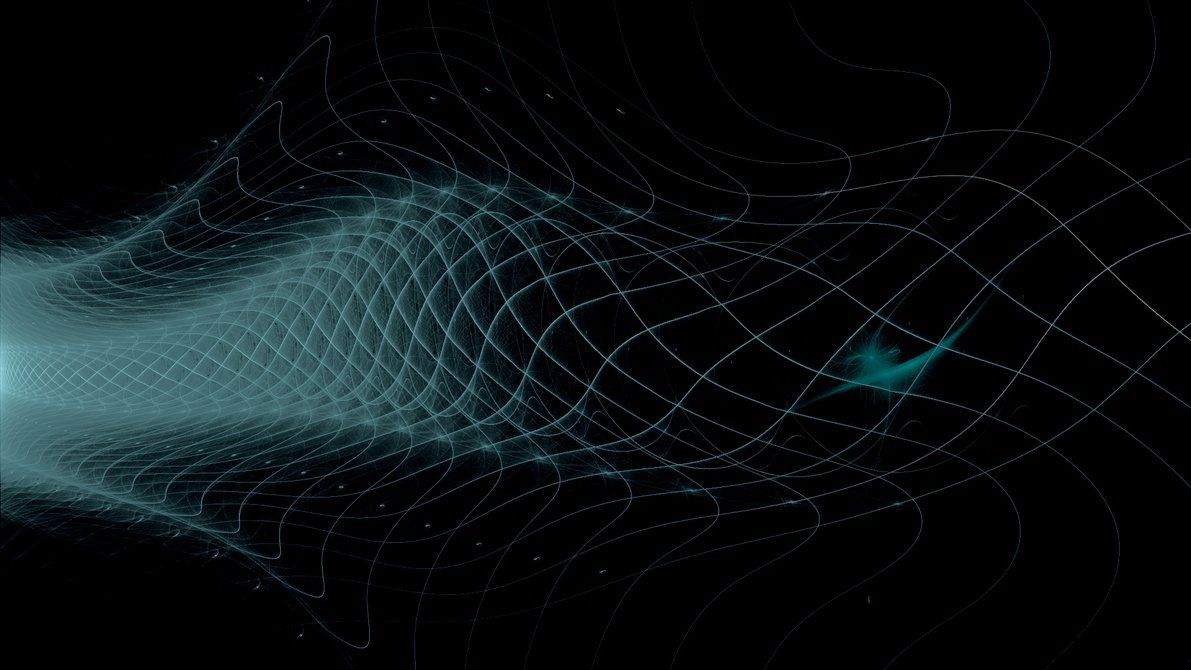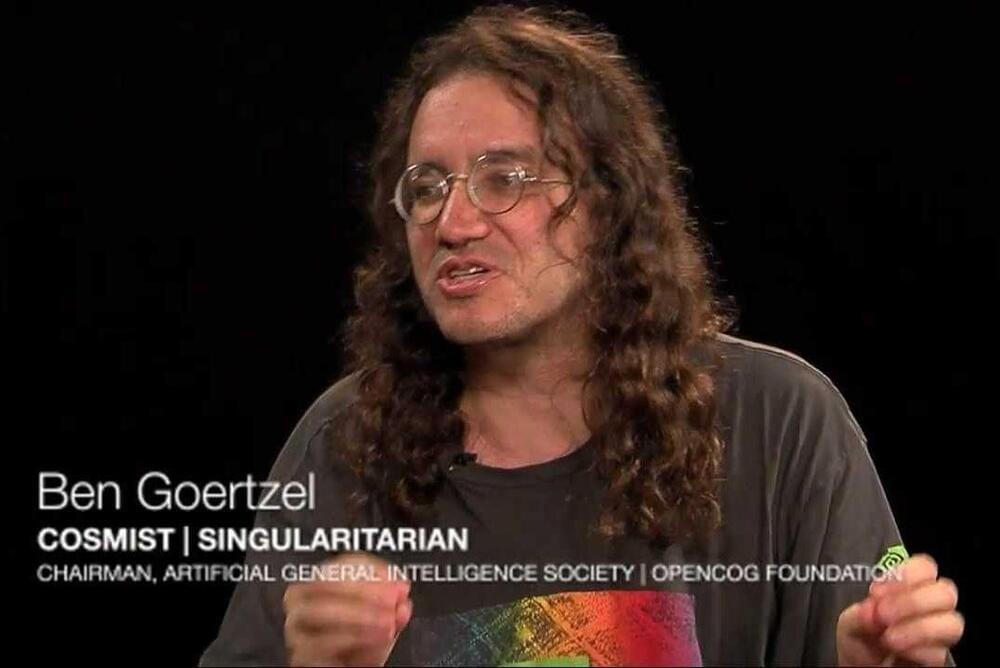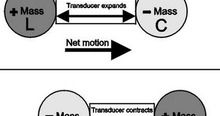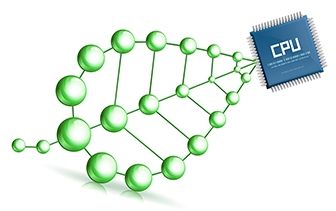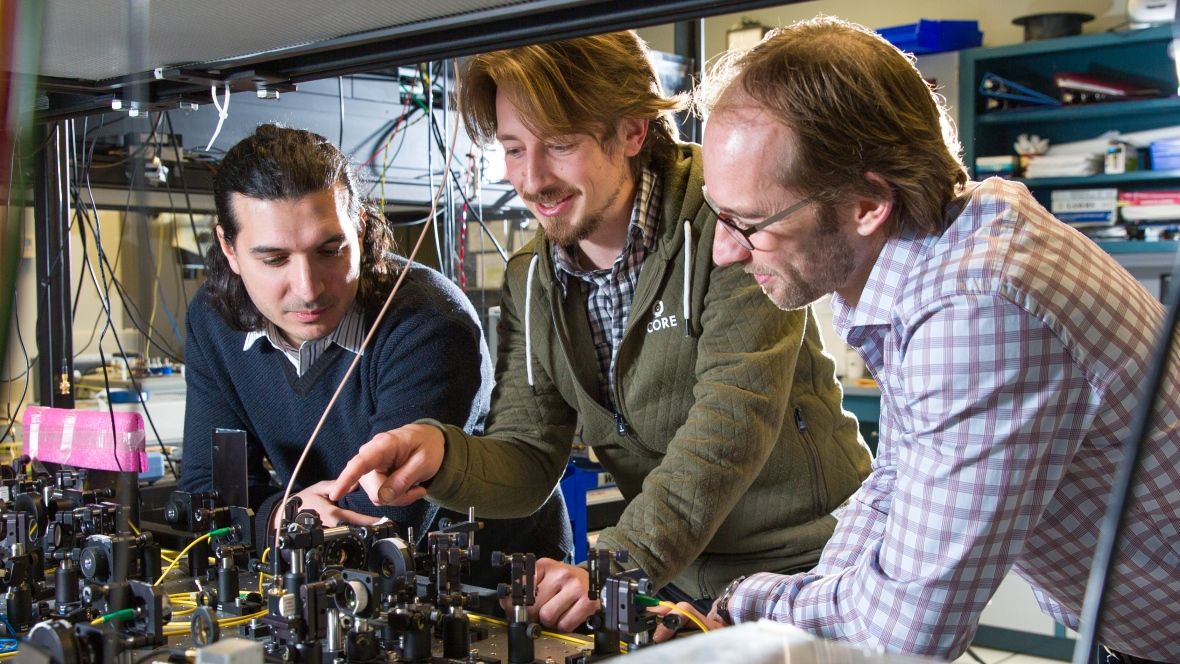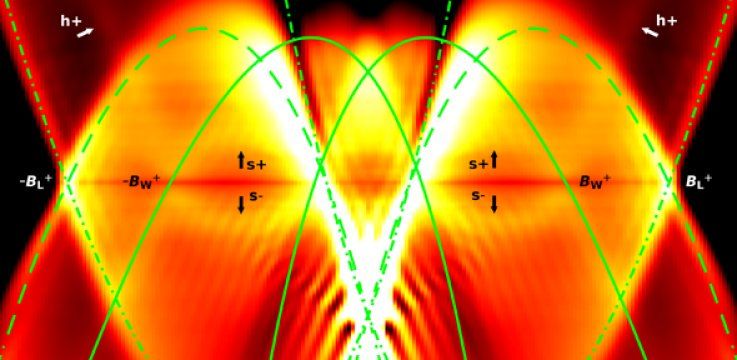
Researchers have observed quantum effects in electrons by squeezing them into one-dimensional ‘quantum wires’ and observing the interactions between them. The results could be used to aid in the development of quantum technologies, including quantum computing.
Scientists have controlled electrons by packing them so tightly that they start to display quantum effects, using an extension of the technology currently used to make computer processors. The technique, reported in the journal Nature Communications, has uncovered properties of quantum matter that could pave a way to new quantum technologies.
The ability to control electrons in this way may lay the groundwork for many technological advances, including quantum computers that can solve problems fundamentally intractable by modern electronics. Before such technologies become practical however, researchers need to better understand quantum, or wave-like, particles, and more importantly, the interactions between them.
Read more
